Trauma is often discussed as a psychological event, yet its signature is etched across the body. The heart can race without warning, digestion can falter, muscles can ache for no obvious reason, and sleep can break into fragments. These are not isolated quirks. They are part of a whole-body response that begins with survival and can linger long after danger has passed. Understanding how trauma travels through physiology helps explain symptoms that seem unrelated and opens a doorway to compassionate, effective care.
What Counts as Trauma and Why the Body Remembers
Trauma is any experience that overwhelms a person’s capacity to cope and leaves a residue of helplessness, fear, or horror. It can be a single event such as an accident, assault, disaster, or medical emergency. It can be chronic such as ongoing abuse, neglect, discrimination, or exposure to violence. It can also be vicarious, when repeatedly witnessing the suffering of others. In childhood the developing brain and body are especially sensitive to toxic stress. Adverse childhood experiences such as household instability, caregiver mental illness, or persistent humiliation can shape biology in ways that last into adulthood.
The body remembers because survival requires rapid coordination among brain, nerves, hormones, and the immune system. When threat arises the nervous system mobilizes. Heart rate increases, blood pressure rises, muscles tense, and blood is shunted away from digestion toward limbs. Hormones such as adrenaline and cortisol prepare the body for immediate action. This response is lifesaving in the short term. If stress is frequent or inescapable, the same systems adapt for a world that seems dangerous. Over time this adaptation can become a burden known as allostatic load, the wear and tear from repeated activation of the stress response.
The Stress Pathways That Connect Mind and Body
Three major pathways help explain how trauma affects physical health. The first is the autonomic nervous system. It has two main branches. The sympathetic branch is the gas pedal that drives fight or flight. The parasympathetic branch, largely mediated by the vagus nerve, is the brake that allows rest and repair. After trauma the sympathetic system can become sensitized while the parasympathetic brake can lose tone. People may feel on edge, startle easily, or swing between agitation and numbness. This dysregulation influences heart rhythm, blood pressure, gut motility, and inflammatory signaling.
The second pathway is the hypothalamic pituitary adrenal axis, sometimes shortened to the HPA axis. When the brain perceives danger it signals the release of hormones that ultimately increase cortisol. Cortisol helps the body mobilize fuel and modulate immune activity. Chronic elevation or erratic patterns of cortisol can disrupt blood sugar and sleep, contribute to weight gain around the abdomen, thin the skin, and alter memory. Some trauma survivors show low cortisol instead of high cortisol due to feedback changes. Both patterns signal disruption.
The third pathway involves the immune system and inflammation. During acute stress the immune system can shift toward a proinflammatory state to prepare for injury. If the message of danger persists the immune system may stay tilted toward inflammation. Low grade inflammation is linked with heart disease, diabetes, depression, and many autoimmune conditions. Trauma can also shift how genes are expressed through epigenetic changes. Chemical tags on DNA and histones alter which genes are turned on or off in response to the environment. These changes do not rewrite the genetic code, yet they influence physiology and may persist across life.
Cardiovascular Consequences
The heart and blood vessels respond quickly to stress signals. Elevated blood pressure during danger is normal. When life repeatedly feels threatening, high pressure can become the baseline. Trauma is associated with a higher risk of hypertension, arrhythmia, and coronary artery disease. The mechanisms include sympathetic overdrive, endothelial dysfunction, inflammation, and behaviors such as poor sleep and smoking that sometimes emerge as coping strategies. Trauma survivors may also experience chest pain and palpitations without structural heart disease. The symptoms are real and arise from stress hormones, breathing patterns, and muscle tension. Over time both functional and structural changes can develop, which is why early support matters.
Metabolic and Endocrine Effects
Cortisol influences how the body uses glucose and stores fat. Chronic stress can encourage insulin resistance where cells respond less effectively to insulin. This drives higher blood sugar and prompts the pancreas to produce more insulin. Excess insulin promotes fat storage, especially around the waist. People may notice increased cravings for calorie dense foods and feel hungrier after poor sleep. Thyroid function can also be affected since the stress system and thyroid hormones interact. Some individuals experience menstrual irregularities, reduced libido, or fertility challenges because the body prioritizes survival over reproduction when safety feels uncertain. None of these outcomes is inevitable, yet the patterns are common enough to guide prevention and treatment.
Immune System and Inflammation
The immune system is designed to detect threat. It speaks the language of cytokines and chemokines, small signaling molecules that increase or decrease inflammation. Trauma can bias the immune system toward persistent vigilance. This may show up as increased markers of inflammation, slower wound healing, greater susceptibility to infections in some cases, or flare-ups of autoimmune conditions in others. People might notice that stress precedes bouts of psoriasis, inflammatory bowel symptoms, or asthma. It is not that trauma creates disease out of thin air. It modifies thresholds and amplifies reactivity, turning small sparks into bigger fires.
Gastrointestinal Health
The gut is a primary theater for the stress response. During danger digestion slows because the body reallocates energy to survival. If danger never feels resolved, gut motility and secretion can remain disrupted. People may experience reflux, bloating, constipation, diarrhea, or abdominal pain without structural disease. This cluster is often labeled as functional gastrointestinal disorders such as irritable bowel syndrome. The gut and brain communicate through nerves, hormones, and the immune system. Stress alters this dialogue and can change the composition of the gut microbiome. A less diverse or imbalanced microbiome can further influence mood and immunity, creating a loop between mind and digestion.
Pain, Muscles, and the Fascia Network
When the body prepares to fight or run, muscles tighten. If the nervous system rarely receives a clear signal that the danger is over, tension can become the new normal. Neck and shoulder pain, jaw clenching, back discomfort, and headaches often follow. The fascia, a connective tissue network that wraps muscles and organs, can become stiff and hypersensitive. Central sensitization may develop, where the nervous system amplifies pain signals. Conditions such as fibromyalgia and chronic pelvic pain are more common among those with significant trauma histories. This is not imaginary pain. It is real neural learning that can be reshaped with appropriate care.
Sleep and Circadian Rhythm
Sleep is when the body repairs tissue, consolidates memory, and resets hormones. Trauma disrupts sleep through hyperarousal, nightmares, and changes in circadian rhythm. Insufficient or fragmented sleep worsens pain, increases insulin resistance, reduces emotional resilience, and heightens inflammation. The result is a loop in which poor sleep fuels symptoms that then make sleep even harder. Reestablishing regularity through consistent sleep times, light exposure during the day, and calming pre-sleep routines can begin to break the cycle, especially when combined with therapies that reduce hyperarousal.
Respiratory Patterns and the Breath
Under threat people tend to breathe faster and higher in the chest. This pattern can continue long after the threat is gone. Chronic overbreathing can reduce carbon dioxide levels which in turn increases feelings of air hunger, dizziness, tingling, and anxiety. People may avoid exercise because breathlessness feels frightening. Gentle training in slower nasal breathing and longer exhalations can restore balance to the carbon dioxide and oxygen relationship and reduce symptoms. Because the diaphragm connects to both the rib cage and the nervous system, changing the breath changes how safe the body feels.
Reproductive and Sexual Health
Trauma can influence sexual desire, arousal, and comfort. The reasons range from hormonal changes to muscle tension in the pelvic floor to psychological associations that trigger flashbacks. For some, sexual contact feels unsafe and the body responds with guardedness or pain. For others, sex becomes a way to seek comfort yet does not bring relief. Compassionate care from clinicians who understand both trauma and pelvic health can help. Physical therapy for the pelvic floor, trauma-informed counseling, and communication skills in relationships often restore comfort and agency.
Trauma Across the Lifespan
The timing of trauma matters. Early life adversity occurs during sensitive periods of brain and body development. Stress hormones sculpt neural circuits that govern emotion, attention, and impulse control. The immune system learns how reactive to be. Epigenetic marks calibrate gene expression for a world perceived as safe or dangerous. These calibrations are adaptive in harsh environments because they prime rapid responses. In a safer context they can become risk factors for chronic disease. The good news is that plasticity remains throughout life. Supportive relationships, stable routines, therapy, and health behaviors do not erase history, yet they can shift biology toward resilience.
Why Symptoms Seem Unrelated
People often bounce among clinics because symptoms appear in many systems. One person might have migraines, reflux, and IBS. Another might face high blood pressure, insomnia, and chronic back pain. A third might feel exhausted, anxious, and plagued by infections. Each symptom has its own local story. Beneath the surface a common thread runs through them, which is the long reach of the stress response. Recognizing the pattern does not replace medical evaluation. It adds context. Once the pattern is visible, care becomes more coherent and less discouraging.
Approaches to Healing the Body After Trauma
Healing engages both mind and body. Many people benefit from a layered plan that includes therapy, body-based practices, social connection, and medical care when needed. Modalities such as trauma-focused cognitive behavioral therapy and EMDR can help process memories and reduce triggers. Somatic approaches teach people to notice internal sensations without overwhelm and to gradually expand the window of tolerance. Gentle yoga, tai chi, and other mindful movement rebuild a sense of agency and interoceptive awareness. Slow breath practices with longer exhalations increase vagal tone and calm the autonomic system. These methods are not quick fixes. They are steady ways to teach the body that safety is possible again.
Nutrition provides raw materials for repair and helps quiet inflammation. A pattern rich in vegetables, fruits, legumes, whole grains, nuts, seeds, and omega-3 fats supports gut and immune health. Stable meal timing and hydration assist circadian rhythm and energy. Limiting alcohol and high sugar foods protects sleep and mood. Because trauma can drive both appetite loss and emotional eating, gentle structure can prevent swings that worsen symptoms. For those with gastrointestinal issues a clinician may guide temporary adjustments such as low FODMAP phases while root issues are addressed.
Sleep hygiene becomes a therapeutic pillar. The body learns from rhythm. Consistent bed and wake times, morning light exposure, a cool dark bedroom, and a calming pre-sleep sequence retrain circadian cues. If nightmares dominate, image rehearsal techniques and therapy can reduce frequency and intensity. Movement is another pillar. Regular moderate activity reduces inflammation, improves insulin sensitivity, supports sleep, and releases muscle tension. The key is pacing so that the nervous system experiences movement as safe, not as a new threat.
Social connection is medicine. Safe relationships provide co-regulation where one nervous system helps another settle. Group programs, peer support, spiritual communities that welcome questions, and trauma-informed fitness or yoga classes can reduce isolation. Purposeful activity such as volunteering or creative projects lightens the weight of symptoms by reconnecting people with meaning.
Medical care may include evaluation for hypertension, diabetes risk, autoimmune conditions, and sleep disorders. Sometimes medication provides breathing room for therapy and lifestyle work to take hold. A trauma-informed clinician explains options, invites consent at each step, and avoids dismissing symptoms as merely psychological. Respectful care is itself a healing experience because it restores a sense of control.
Special Considerations for Children and Teens
Children express trauma through behavior as much as through words. Stomachaches, headaches, bedwetting, sleep problems, irritability, and school difficulties often accompany invisible stress. Pediatric care that involves caregivers and emphasizes predictable routines, play, and gentle structure can stabilize physiology. Attachment-focused therapies help rebuild safety in relationships. Schools can support with calm classrooms, movement breaks, and clear expectations. When families have access to community resources such as food security and safe housing, the health impact of trauma diminishes. Protective factors add up just as risk factors do.
The Role of Meaning and Spirituality
For many, healing deepens when grounded in meaning. Rituals that mark transitions, practices that foster gratitude, and communities that emphasize compassion rather than shame can soften physiological stress. A sense of purpose does not erase pain. It gives the nervous system a reason to invest in recovery. People often find that as their body settles, their beliefs become more generous and resilient, and as meaning grows, the body finds it easier to settle. This is a two-way street.
How to Start if You Feel Overwhelmed
Beginning can feel daunting. Choose one small action that supports safety. You might practice six slow breaths with longer exhales three times a day. You might step into morning light for five minutes. You might schedule a medical checkup to address blood pressure or sleep. You might ask a trusted friend to walk with you twice a week. Small actions are not trivial. They send repeated signals to the nervous system that the world is predictable enough to heal. As your capacity grows, add therapy, refine nutrition, and deepen relationships at a pace that respects your body.
A Compassionate Perspective
Trauma is not a character flaw. It is an injury that can heal. The body’s reactions are intelligent, even when they feel inconvenient or frightening. Those reactions were designed to keep you alive. When danger has passed they can be retrained. Healing rarely follows a straight line. There will be days of ease and days of return to old symptoms. This is not failure. It is how the nervous system learns. With steady practices, supportive relationships, and informed care, the body becomes less guarded. Blood pressure stabilizes, digestion improves, muscles soften, sleep lengthens, and the immune system acts with discernment rather than constant alarm.
Bringing the Threads Together
Trauma sends a shock wave through the stress response, the immune system, and the endocrine network. Over time the wave can reshape cardiovascular health, metabolism, gut function, pain sensitivity, sleep, and sexual health. The effects travel through the lifespan and can touch the next generation through learned patterns and biological changes. Yet biology is not destiny. The same systems that adapted toward vigilance can adapt toward recovery. Breathing that lengthens the exhale, movement that feels safe, food that nourishes without extremes, sleep that follows a rhythm, relationships that offer warmth, and professionals who respect your story all combine to reduce allostatic load. The body begins to believe the message that it is safe enough to heal. With patience and care, this message becomes the new baseline, and health gradually reflects that truth.











Leave a Reply